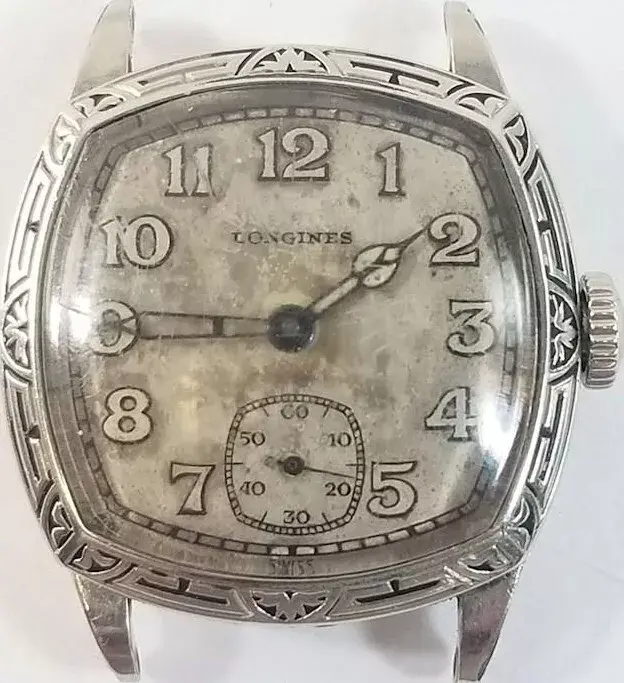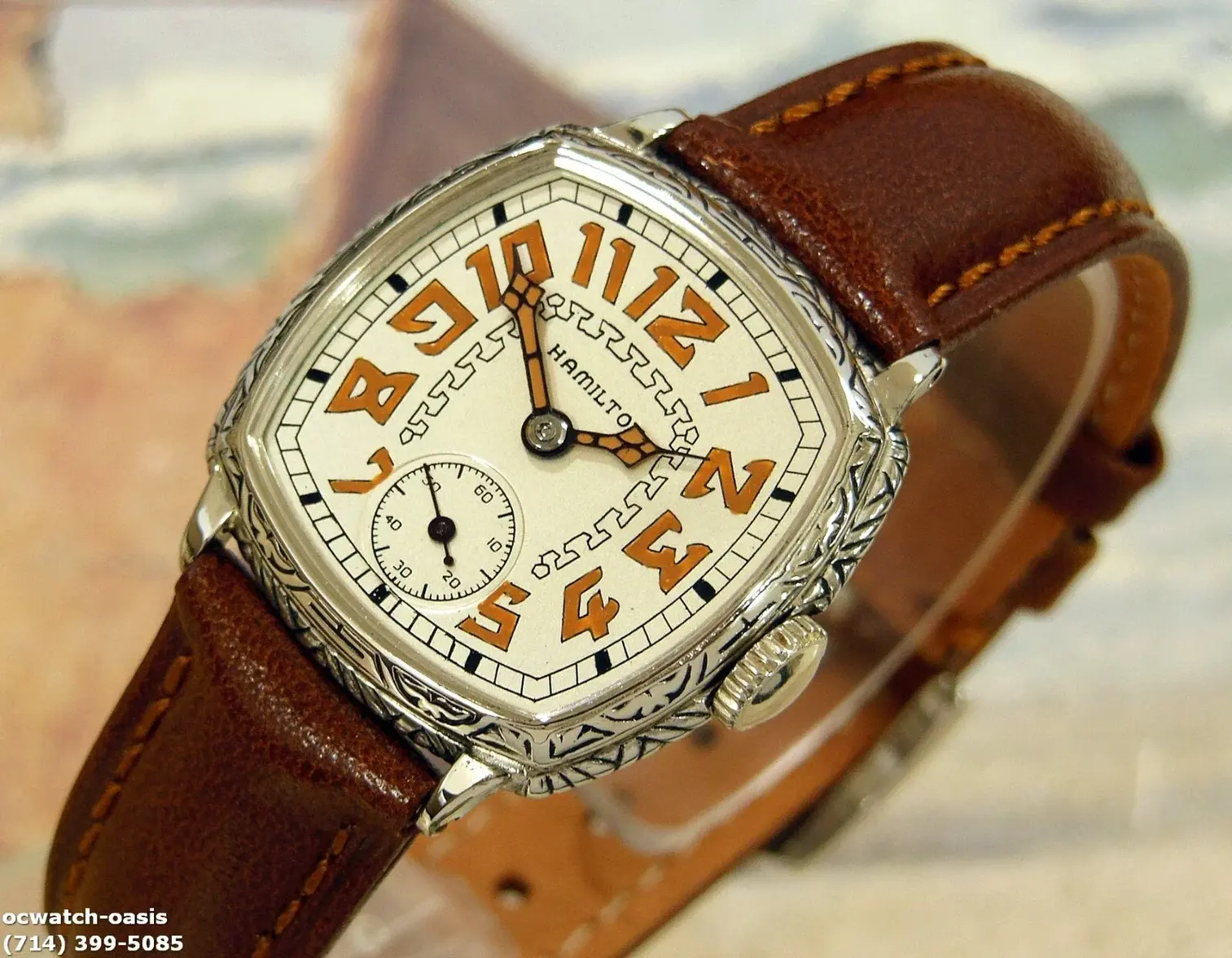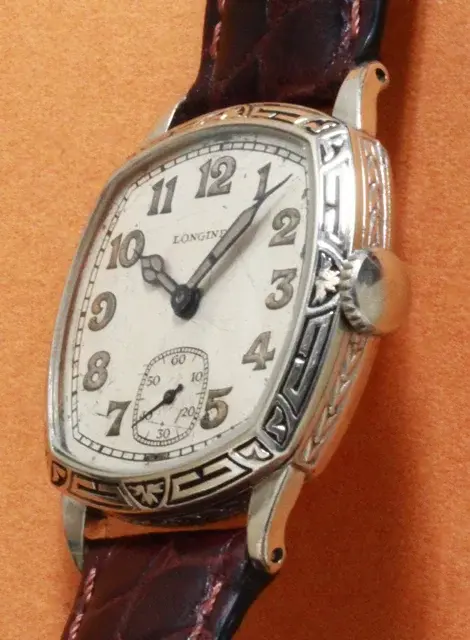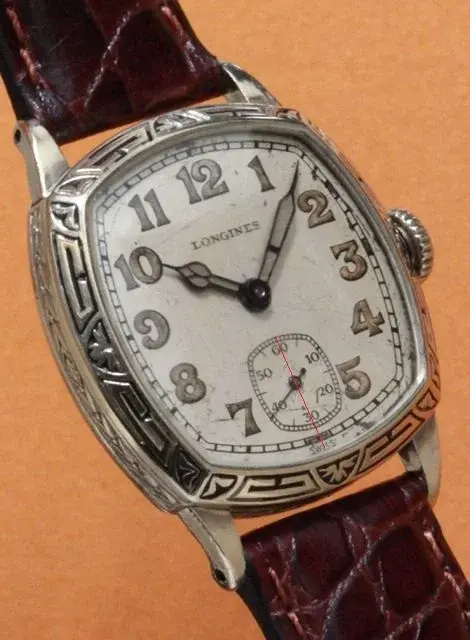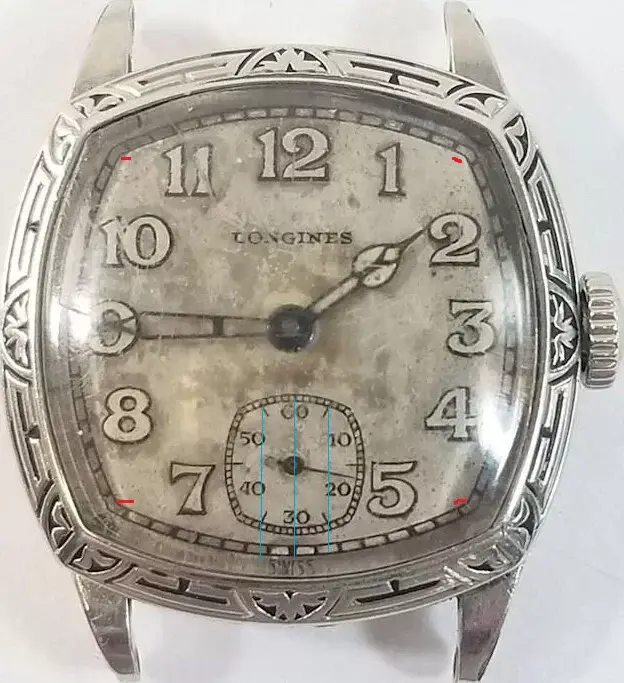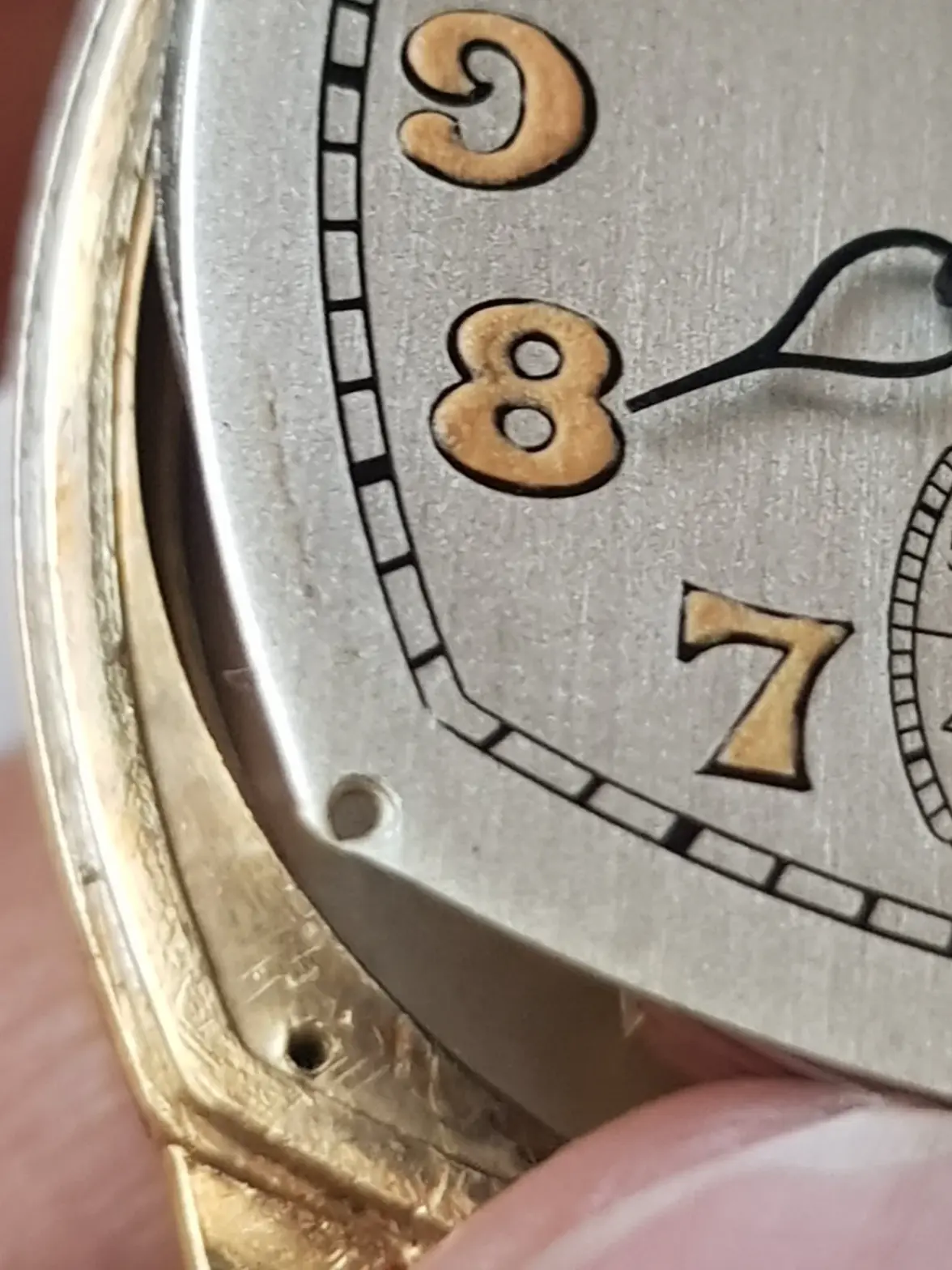I looked at other watches on the Internet with the same dial, or with the same number fonts - they all have markup and fonts are quite crooked. Perhaps they were made in the USA, and the technology and production run there were not the same as in Switzerland. By the way, the color of the phosphor is different everywhere, but it is on dials with such fonts (presumably made in the USA) that it has been preserved everywhere.
But for me it is important only for research purposes, I am waiting for the watch strap I ordered, I will wear it.
Maybe longines heritage will respond, but they haven't written anything yet, and their extended statement now costs 1,200 francs.
